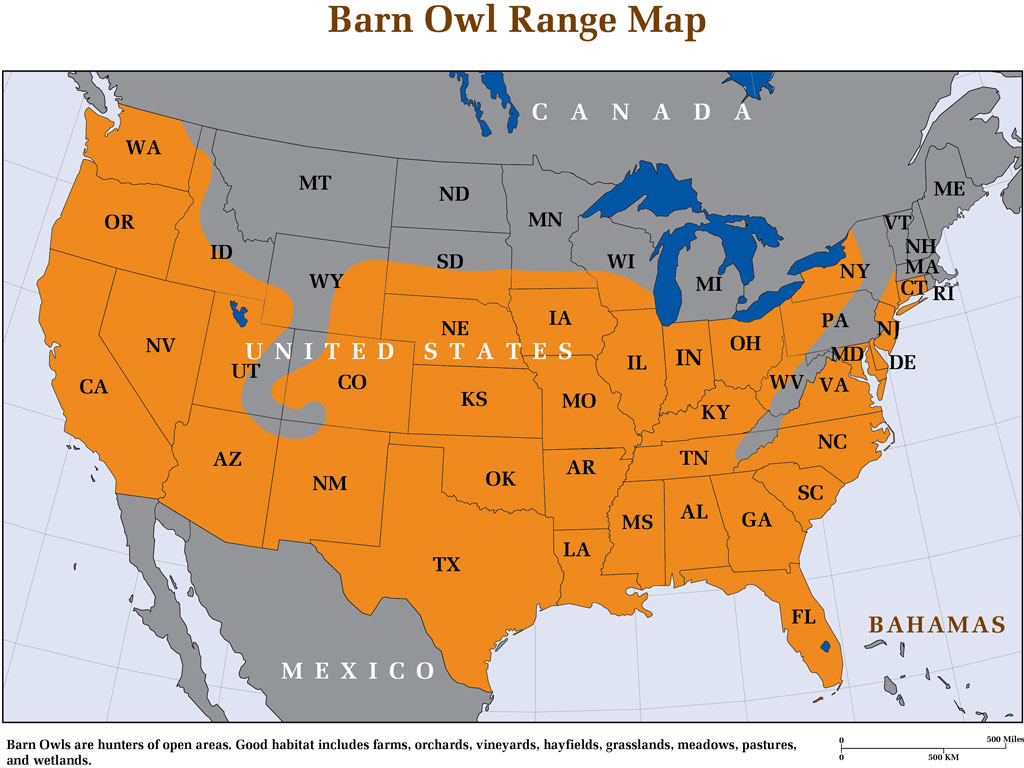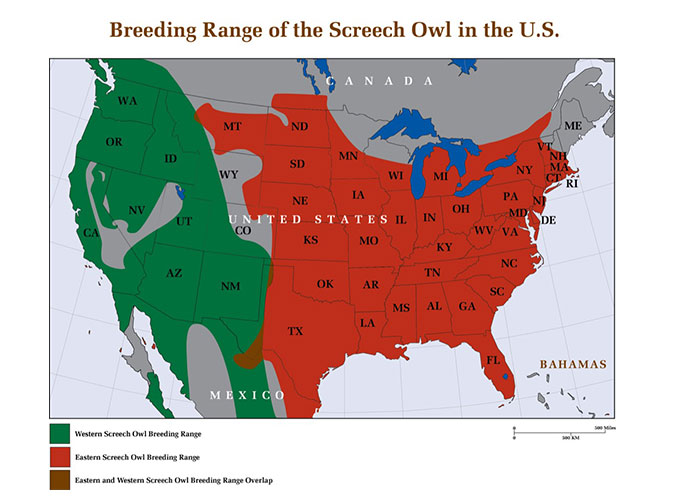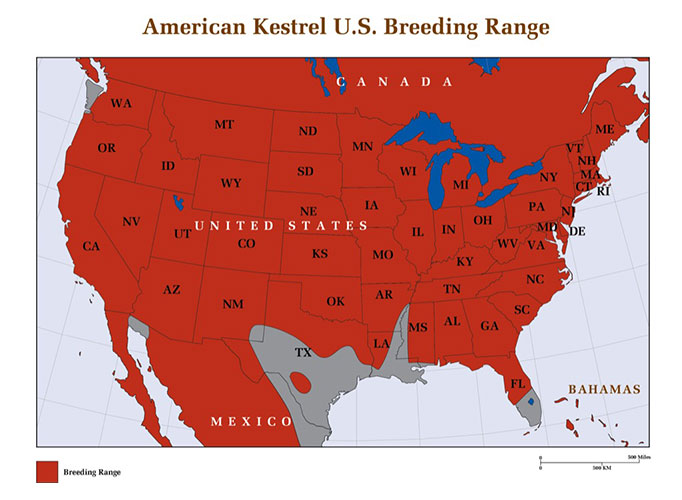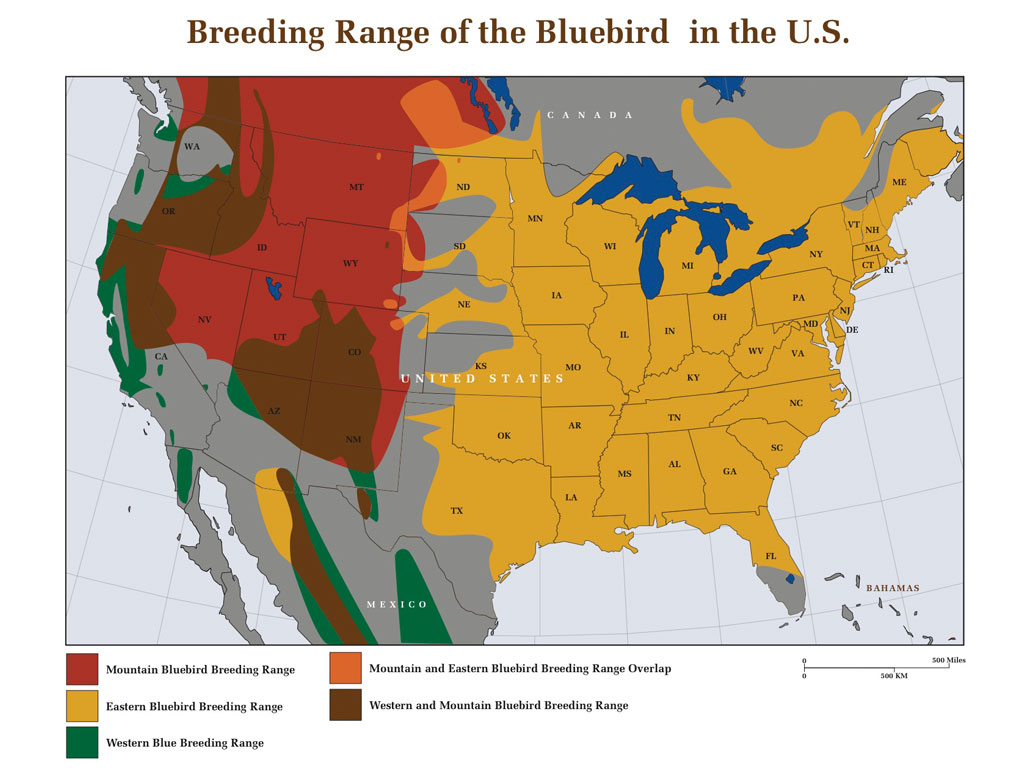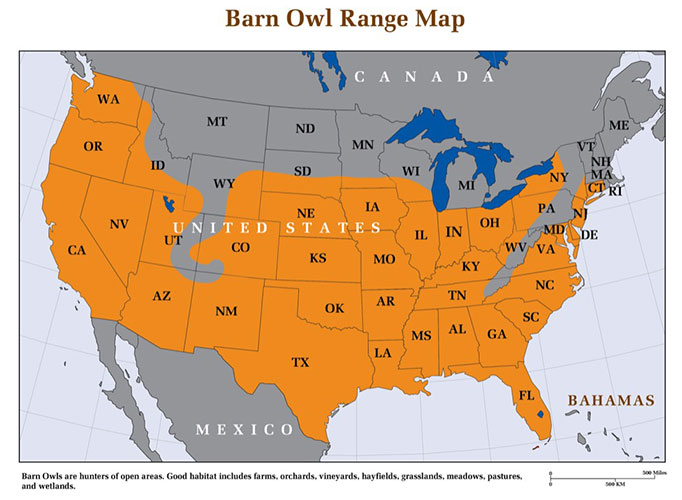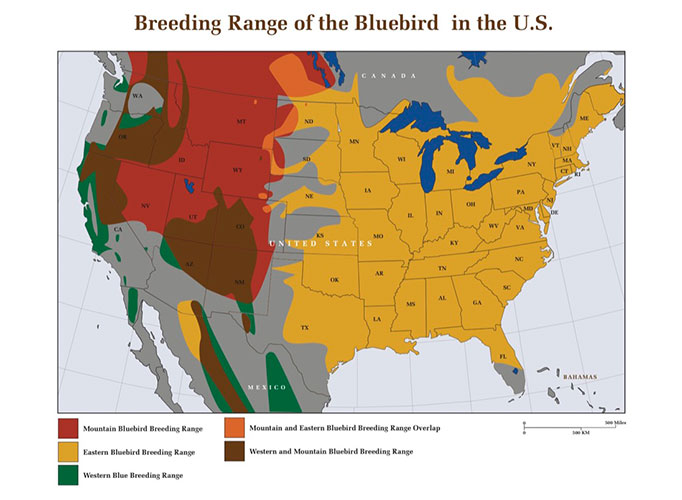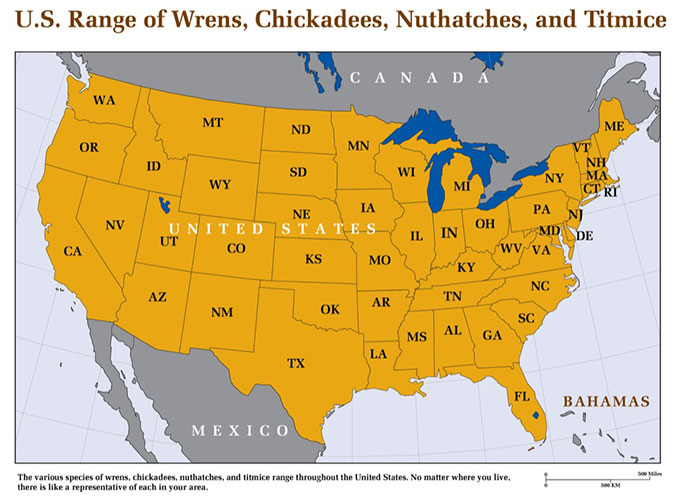Free Shipping to the Contiguous United States
Using Barn Owls for Rodent Control in Florida Orange Groves
The Florida Citrus Industry With approximately half a million acres of orange groves consisting of over 74 million trees, oranges are the largest cash crop in the state of Florida, creating a 64 billion dollar industry. Florida produces most of the juice…

